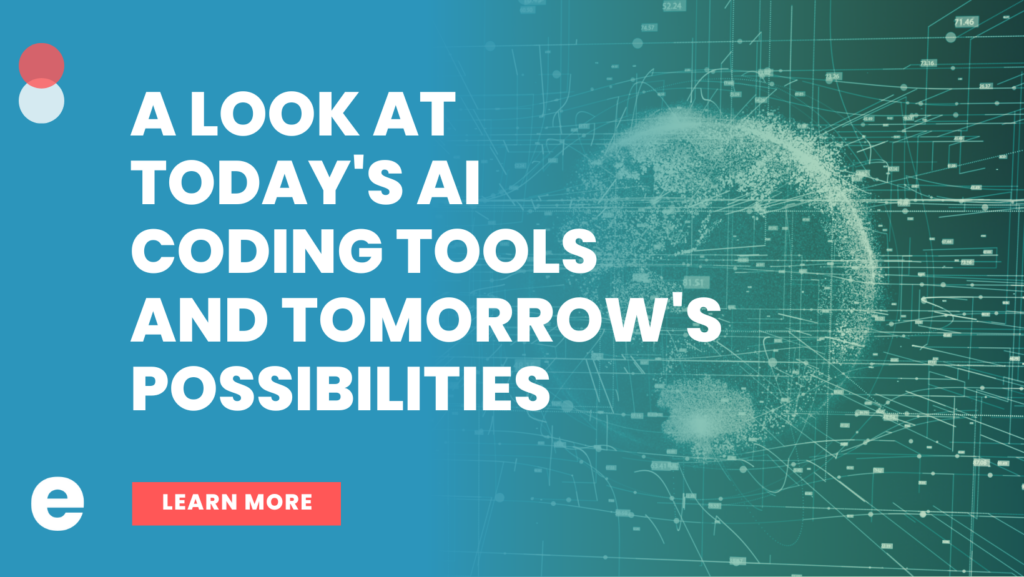3 tips to getting it right
I have a personal passion for Customer Strategy, and it is a key element in the programs we develop for our clients here at Enilon. It’s only in knowing the inner workings of someone else that you can be successful in building a relationship with them. I think as marketers we all like to believe that we know our customers, and that our programs are executed with a personalization mindset based on that expertise. But as personalization continues to become more critical for marketing success and scale, I think it’s worth stepping back and questioning ourselves on whether we really know our customers, and if we’re using that knowledge to its full advantage.
Here are 3 tips to keep in mind as you step back and reflect:
1. Get to know the customer through the eyes of every department.
In my opinion, Marketing has the responsibility of owning the documented customer personas and journey. It is not possible, however, for Marketing to develop and maintain this in a silo. Every department that interacts with the customer should be involved in this conversation, as they all have valuable insights that help build the overall understanding. This would be inside and outside sales, customer service, communications, finance, etc.
In order to gather valuable customer information from each department, interview sessions can be very effective. Each department holds a valuable role in engaging with the customer that translates into the overall brand customer experience. Relating to that experience and understanding its importance can help build interdepartmental strength and overall business (and Marketing) success. It’s also key to help each department understand why you are asking for this information and how you will share the information back with them when you’re finished.
2. Get to know your 1st party data.
This is the customer data that your company has acquired and owns from all customer touch points – both online and offline. This could be your CRM, app usage, social data, in-store customer purchase data, analytics data, website search history, or contact form fills. As a Marketing team, you have access to so much gold, but typically this information isn’t digested and utilized appropriately, because it is fragmented and often messy. If you don’t have a process in place to keep this information organized, synced and assessed, then that should be escalated to a priority initiative as soon as possible. Taking control of 1st party data is key for any Marketing teams wishing to scale valuable audiences and improve ROI.
3. Map your customer journey, update it regularly and communicate with all departments.
After you have gathered all the customer information, it should be put together in ways that can be used by the company. During our customer strategy engagements, we often develop Audience Personas and Customer Journey Maps. These are extremely helpful in understanding the audience segments. We look at their motivations, thought processes, and the journey that they take when wanting to engage with a brand. Marketing teams can use this information to develop content strategies, plan programs, develop creative and more.

This is an example of a customer journey we did for a manufacturer. It walks through the process a key decision maker goes through when interacting with their brand and distributors. These insights drove our digital strategy and the brand’s ability to develop a relationship with this key decision maker.

This is an example of a customer journey we developed for a healthcare client. Understanding this flow and their mindsets enabled us to begin our content strategy as well as our digital media programs.
So what do you do with this valuable information? I often find that when working with clients, we undergo this valuable exercise to inform a very specific project or program. There is one marketing team charging the initiative, and even though there are multiple departments and stakeholders involved in the upfront interviews, the information lives and dies within that one marketing team. It is definitely not shared with other departments that could benefit greatly from the information – like Sales and Communications –
but remains siloed within Marketing where other team leads continue down their paths without referencing this customer information. My recommendation would be to think about this customer mapping at the very top of the pyramid — before all the department silos go off and work on their individual assignments. A consistent customer experience starts at the very first touchpoint and crosses every single interaction – from every team and department.
Lastly, know that the customer experience and expectations are living. Make sure you have a plan to review and update your knowledge based on data. Then, refresh your customer maps and how they apply to your business regularly.
As your Marketing team looks to scale and improve ROI, you will be looking to develop personalized, 1:1 programs. Understanding your customer is the first step. If you would like help developing your customer strategy, let us know, we’d be happy to help!


